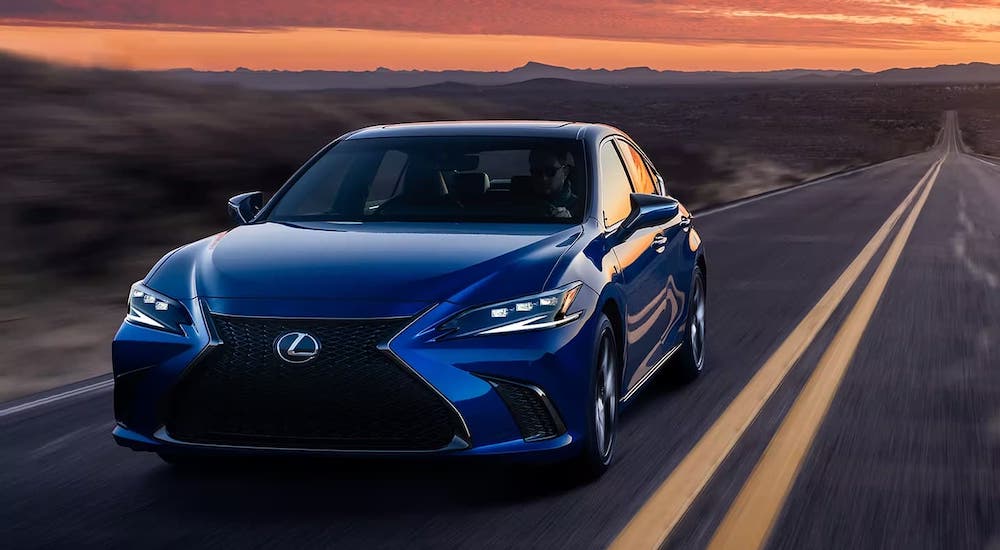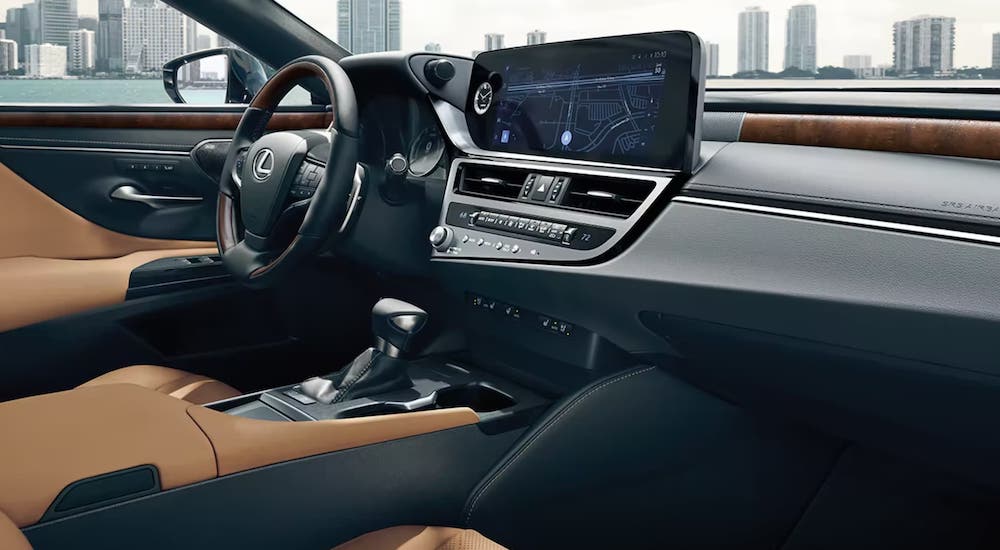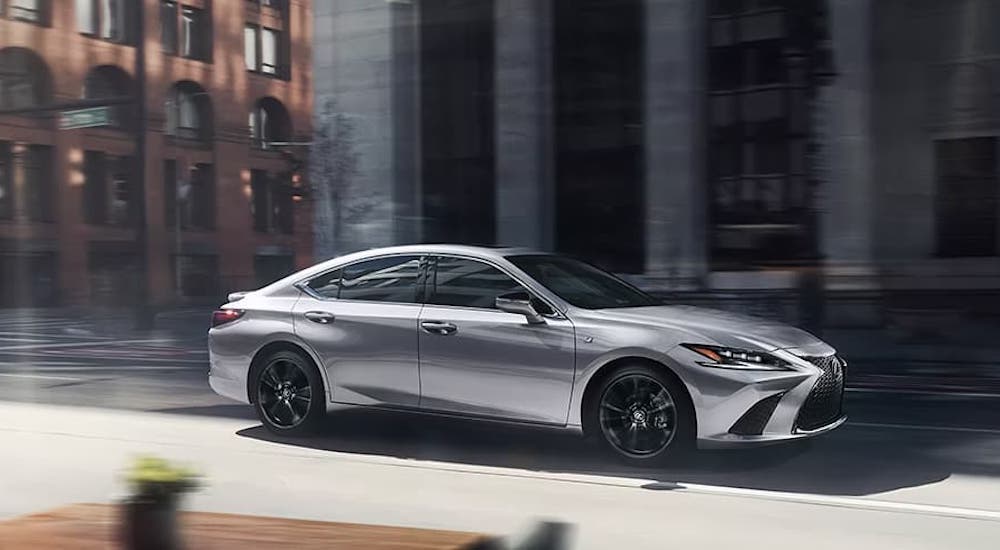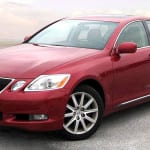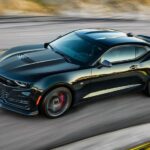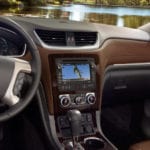That’s a great question and one that I’m going to help you with today as we sort through the potentially complex maze of options waiting for anyone interested in the Lexus ES. Whether you’re looking for a Lexus ES for sale or simply curious about this prestigious luxury model, there’s one thing no one can deny: the Lexus ES has a lot of trim levels available. Sometimes, someone will look at a vehicle with, say, a half-dozen trims on offer and say that seems like a lot—as far as I’m concerned, that’s a pretty reasonable number. Once you hit double digits, on the other hand, things can become complicated and difficult to navigate.
The 2024 Lexus ES has 14 trim levels on offer—allow me to repeat that: the 2024 Lexus ES has 14 trims available for anyone interested in this high-end sedan. At a glance, that seems overwhelming, and one could even argue excessive; once we look a bit closer, however, things start to make sense. Fortunately, we don’t have to look at and compare 14 different trims if we’re interested in the Lexus ES; instead, there are three engines to choose from and four or five trims for each one. With that in mind, things become much more straightforward to weigh and keep track of.
Starting Consideration: Three Engines to Choose From
One of the main reasons the Lexus ES has so many different trims available is the way that they are split up by engine. Essentially, the trim lineup is pretty simple; it just looks much more complex than it needs to be because, for each level available, Lexus offers it for each of the three engines. So rather than simply present five different trims with three engines on offer, they’ve multiplied those and created a vast, potentially overwhelming number of options (there are 14 instead of 15 because the standard engine is offered with just four trims).
Ultimately, someone interested in the Lexus ES can start like anyone interested in almost any vehicle by considering the three available engines. Lexus does an excellent job of creating three significant and distinct options here, starting with a standard 2.5L I-4 engine that delivers 203 hp and 184 lb-ft of torque. Anyone looking for more power than that can choose an available 3.5L V6 engine that provides 302 hp and 267 lb-ft of torque, creating a more exhilarating driving experience. It should be noted that the standard 2.5L engine comes with all-wheel drive (AWD), while the available 3.5L engine comes with front-wheel drive instead.
The third engine Lexus offers on the ES is a 2.5L I-4 hybrid engine that puts out 215 hp and comes with front-wheel drive. Not only does this engine offer more power than the standard 2.5L option, but it also gets fantastic fuel economy thanks to its hybrid design, letting drivers stay on the road longer between stops. Knowing which engine you’re looking at with the Lexus ES is pretty simple: ES 250 AWD models feature the 2.5L engine, ES 350 models have the 3.5L engine, and the ES 300h models have the 2.5L hybrid engine. That would be even simpler if the hybrid was a 3.0L engine, but the naming convention still works and is straightforward once you know what you’re looking at.
Choices From There: The Actual Trim Levels
Once you understand the major distinction between the Lexus ES models, you’re just looking at trim levels like any other vehicle. Essentially, Lexus offers five different trims for the ES, though only four are available with the starting 2.5L standard gas engine. For all three engines, the starting trim simply has the base model name: the ES 250 AWD, ES 300h, and ES 350 are the beginning options. These models come with dual-zone automatic climate control, 10-way power-adjustable front seats, 8.0-inch Infotainment displays, and 10-speaker sound systems, with more options available.
From there, all three engines are available with the next step up in trim level, which is the Luxury model. Lexus ES Luxury trims feature 14-way power-adjustable driver’s seats, quilted and perforated semi-aniline leather-trimmed interiors, and heated and ventilated front seats. These models come with a wireless charger and other upgrades, with more options available for drivers looking to get additional packages. The Lexus ES Ultra Luxury models build from there with improved technology, including a 10.2-inch head-up display, a larger 12.3-inch Infotainment system with Navigation, and enhanced safety tech.
For drivers interested in sporty aesthetics, the ES Sport Design models feature 19-inch wheels, rather than the standard 18-inch wheels, and exterior details that include a unique front bumper, grille surround, and rear spoiler. Finally, the Sport Handling model is the final trim option, which is not offered with the standard 2.5L engine. This version of the Lexus ES comes with an F SPORT-tuned adaptive variable suspension with solenoid-actuated shock absorbers. Inside, the Sport Handling models have unique details, including an F SPORT perforated leather-trimmed shift knob, aluminum pedals, and a heated leather-trimmed steering wheel.
Does This Make Things Too Confusing?
I’d say there’s an argument to be made that the way Lexus has arranged things can be seen as needlessly confusing. Once you dig into the details of what Lexus offers, specifically once you realize that the trims are distinguished by numerical codes indicating which engine it has, then the lineup becomes pretty straightforward. But that means taking the time to look into it and figure this out; at first glance, it’s easy to simply see 14 different trims listed on a website while researching the Lexus ES and become immediately overwhelmed by so many options.
Even if Lexus did simplify things by cleaning up their lineup and arranging things by just a handful of trims, with each engine offered, I’m not sure that would be enough. Looking at the specifics of each of the trims currently available for the 2024 model, I can’t help but feel like the Sport Design and Sport Handling models should be combined. The price difference between them is not that great, and it seems to needlessly introduce another point of potential confusion for anyone looking at the Lexus ES. But then again, perhaps that’s by design—maybe they want things to seem complex and require some work to understand.
Should Lexus Make Things Simpler?
My initial response is that Lexus should simplify their lineup for the ES or at least simplify how they label it to make it easier to navigate and find what you’re looking for. But then there’s the point I just made—perhaps Lexus wants it to be intimidating and complicated at first glance so that their customers need to put in a little work and figure out what they want. They’re certainly not the only luxury brand to have confusing codes and indicators for their models that create a huge number of options for first-time buyers.
Since Lexus is a prestige brand, just like BMW, Mercedes-Benz, and others, they seem to be following suit with models that are easy to look at but harder to really dig into. You have to put in some effort to figure out what all of these different Lexus ES options mean, and perhaps that’s precisely the point. Once you or I put in that kind of effort, we’re more invested; we’ve gone beyond simply glancing at their model lineup, and we’ve engaged with it to understand what we’re looking at. Now we’re part of the club—we’re educated potential customers who want to be the cool kids while everyone else settles for their simple model names and meager trim levels. In the end, ease of access isn’t the point; the sense of exclusivity and working to understand what you’re buying is far more valuable.
